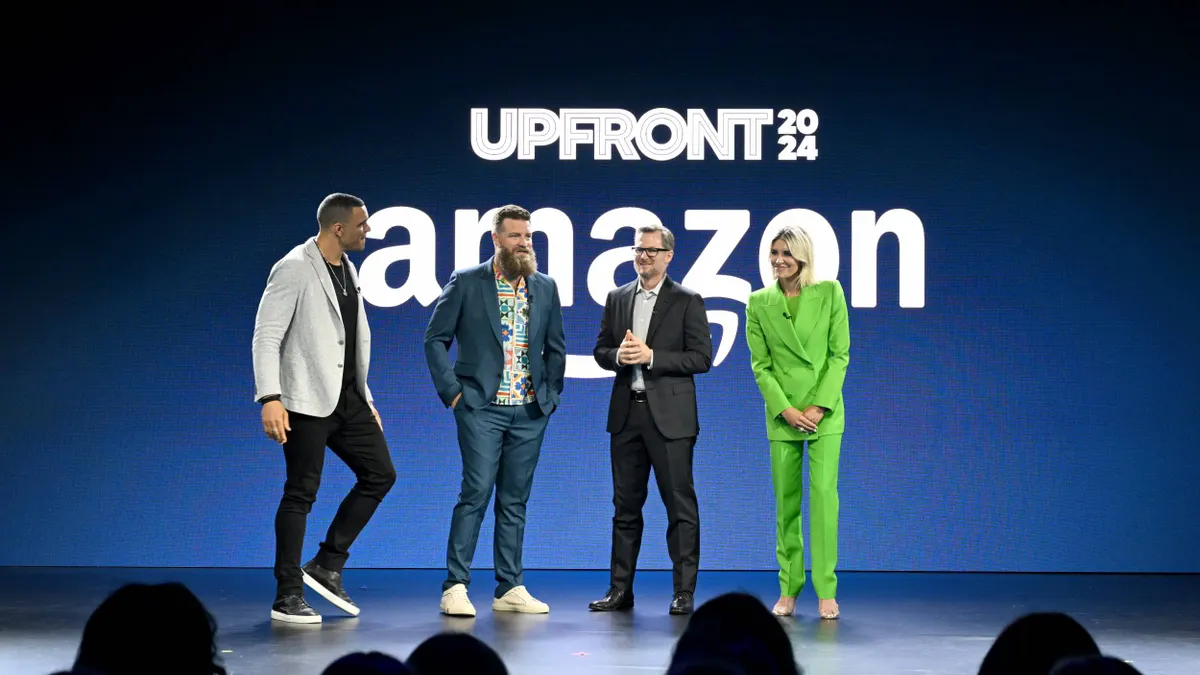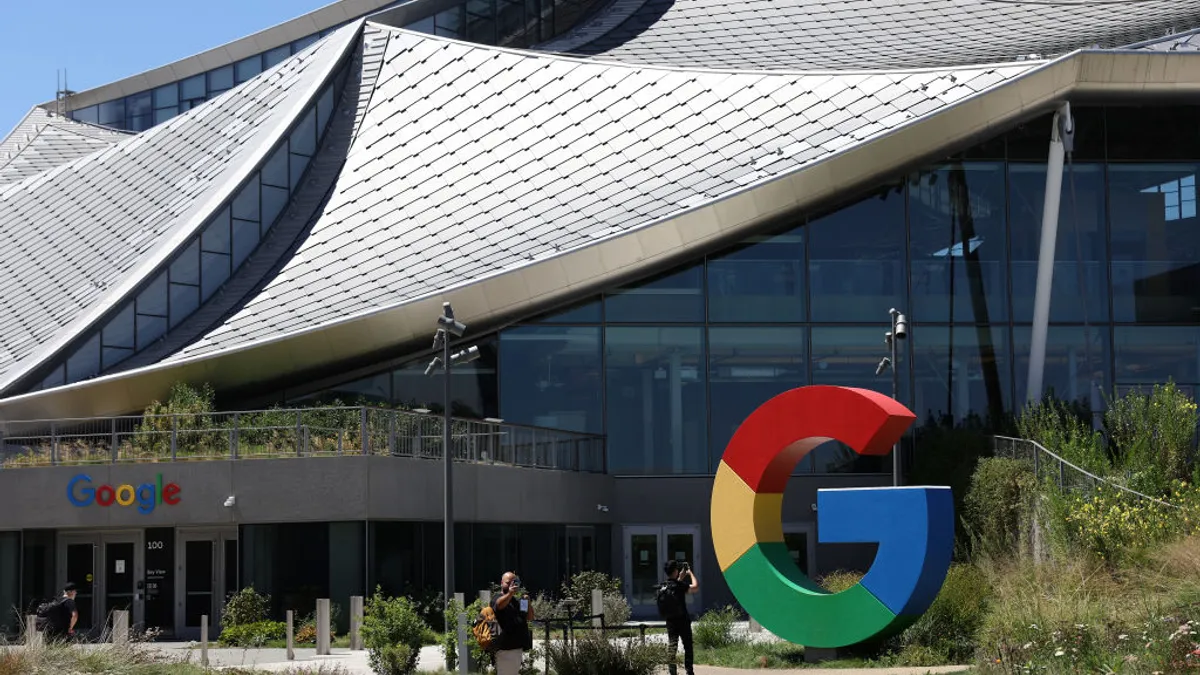The boundaries between Martech and Adtech are dissipating, prompting a necessary reevaluation of how technology supports marketing objectives. Many brands have invested in connecting their marketing systems, but there's still a disconnect.
Let's explore how leading brands create competitive advantage by integrating Martech and Adtech.
A Quick History Lesson
Martech and Adtech evolved on separate tracks. For years, Martech focused on owned media channels (email, websites, mobile apps) while Adtech covered paid media (display, search, social). Different purposes. Different tools. Different data. Naturally, they were built in silos.
This separation made sense 15 years ago, but today, forward-thinking organizations recognize the value in bringing these systems together.
Connecting the Dots
When you tear down walls between Martech and Adtech, you get a clear view of each customer. Instead of guessing, you can see the whole path to purchase from ad impression to engagement to conversion, resulting in improved intelligence and better attribution.
The result is a connected journey where customers experience your brand consistently across channels.
The Tech That Ties It Together
A CDP provides the critical connection between systems and serves as your central intelligence hub. It collects and cleans data from across your tech stack, then applies deterministic identity resolution to create unified customer profiles that power both marketing and advertising tools.
With proper identity resolution, you can control ad frequency across channels and reduce wasted spend by recognizing that multiple digital identifiers represent one person. CDPs help identify and reach less visible online audiences, convert partial data into usable profiles for omnichannel engagement, and differentiate anonymous visitors from known customers.
Adtech to Martech: Driving QSR Growth
A popular QSR brand wanted to acquire new loyalty program members, but their aggregated customer data presented a challenge. Their data lived in one place, but because it wasn't resolved at the identity level, they couldn’t tie engagement events to real people.
Zeta connected the dots between their datasets and analyzed their existing loyalty members to inform new audiences. We studied signals like competitive brand interactions, engagement with relevant product categories, and characteristics shared by their most valuable members.
Then we used the data to build custom strategies for customer acquisition along with recommendations for local competitive positioning, targeted multicultural outreach, and relevant product suggestions based on regional preferences.
As the brand started generating more prospect conversions, it was clear that their existing CRM strategies felt disconnected because they weren't informed by upstream Adtech data. By leveraging data from our acquisition efforts, like why customers converted, we could inform post-conversion engagement workflows in their CRM.
This enabled relevant, individualized welcome messages that reflected the customer journey and a connected end-to-end experience.
How Marketers Benefit from Adtech and Martech Integration
Marketers who bring Martech and Adtech together give their customers a more connected experience powered by intelligence that goes far beyond basic first-party data. Imagine a customer browsing winter jackets on their lunch break but abandoning their cart:
- That afternoon, they see your social ad featuring the jacket—but your system knows they live in Texas with a ski trip planned, so the ad shows mountain weather styling.
- Your platform recognizes they have a family of four, so that evening they receive an email with gear recommendations for the whole family.
- Your system detects they visited your competitor's store, so the email includes a competitive price match offer.
- After purchasing, location data triggers a mobile notification about complementary accessories perfect for their upcoming trip.
Everything feels planned and thoughtful with the consumer at the center, powered by insights that simple first-party data alone couldn't provide.
With one system handling everything from first contact to loyal repeat buyers, you can see exactly what works. Full journey measurement shows how early brand awareness drives final sales.
Break Down the Walls, Brick by Brick
Your customers don't see your marketing and ads as separate things. They just see your brand. It's time your systems aligned. When you bring Adtech and Martech together, you create experiences that make sense to the people you're trying to reach.
Start with small steps if needed.
- Audit and map out where your data lives.
- Uncover gaps and inefficiencies in your systems.
- Create a collaborative environment where each team can see true value in a connected ecosystem.
- Look for one connection point where intelligence from one system could support another.
The brands who embrace and champion this mindset will pull ahead of competitors.
Your customers already expect you to know who they are and what they want. Now you can meet and exceed those expectations and create true client delight.










